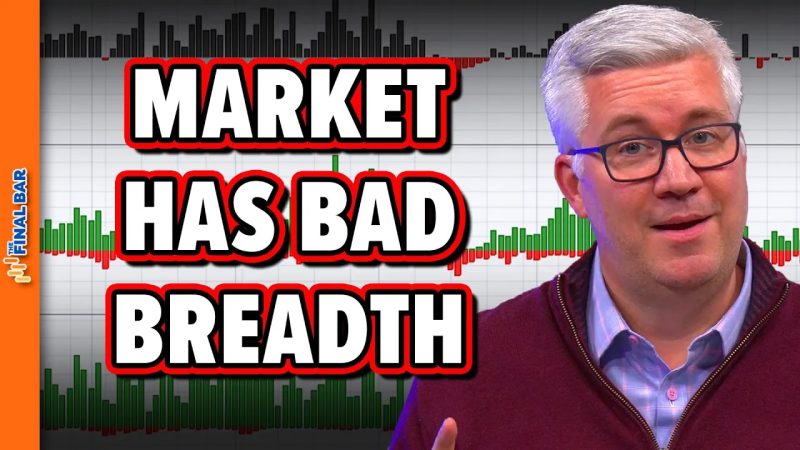Market Breadth Analysis: A Vital Tool for Investors
Understanding market breadth is essential for investors looking to make informed decisions. Market breadth refers to the number of individual stocks or securities that are advancing versus declining within a particular market index. While many investors focus on the movement of major indexes like the S&P 500 or the Dow Jones Industrial Average, market breadth analysis provides a more nuanced view of market sentiment and overall health.
By examining market breadth indicators, investors can gain valuable insights into the underlying strength or weakness of the market beyond just the headline numbers. One common measure of market breadth is the advance-decline line, which tracks the number of stocks that are rising versus falling on a given trading day. A rising advance-decline line indicates broad participation and strength in the market, while a declining line could signal underlying weakness even if major indexes are still holding up.
Another important market breadth indicator is the percentage of stocks trading above their moving averages. This metric provides insight into the overall trend of individual stocks within the broader market. When a high percentage of stocks are trading above their moving averages, it suggests that the market is in an uptrend with strong participation across many sectors. On the other hand, a low percentage may indicate that only a few stocks are driving the market higher, which could be unsustainable in the long run.
In addition to these indicators, investors can also analyze market breadth through sector analysis. By looking at how different sectors are performing relative to the overall market, investors can identify areas of strength or weakness. For example, if technology stocks are leading the market higher while other sectors lag behind, it may signal a narrow or concentrated rally that could be vulnerable to a pullback.
Market breadth analysis can also be used to identify potential turning points in the market. Divergences between market indexes and breadth indicators could serve as early warning signs of a market reversal. For instance, if the S&P 500 reaches new highs but the advance-decline line fails to confirm the move, it could suggest that the rally is losing momentum and a correction may be imminent.
In conclusion, market breadth analysis is a valuable tool that provides investors with a more comprehensive view of market dynamics beyond just the performance of major indexes. By monitoring breadth indicators, investors can better assess the health of the market, identify emerging trends, and anticipate potential market reversals. Incorporating market breadth analysis into investment decision-making can help investors make more informed and strategic choices in navigating the complexities of the financial markets.
